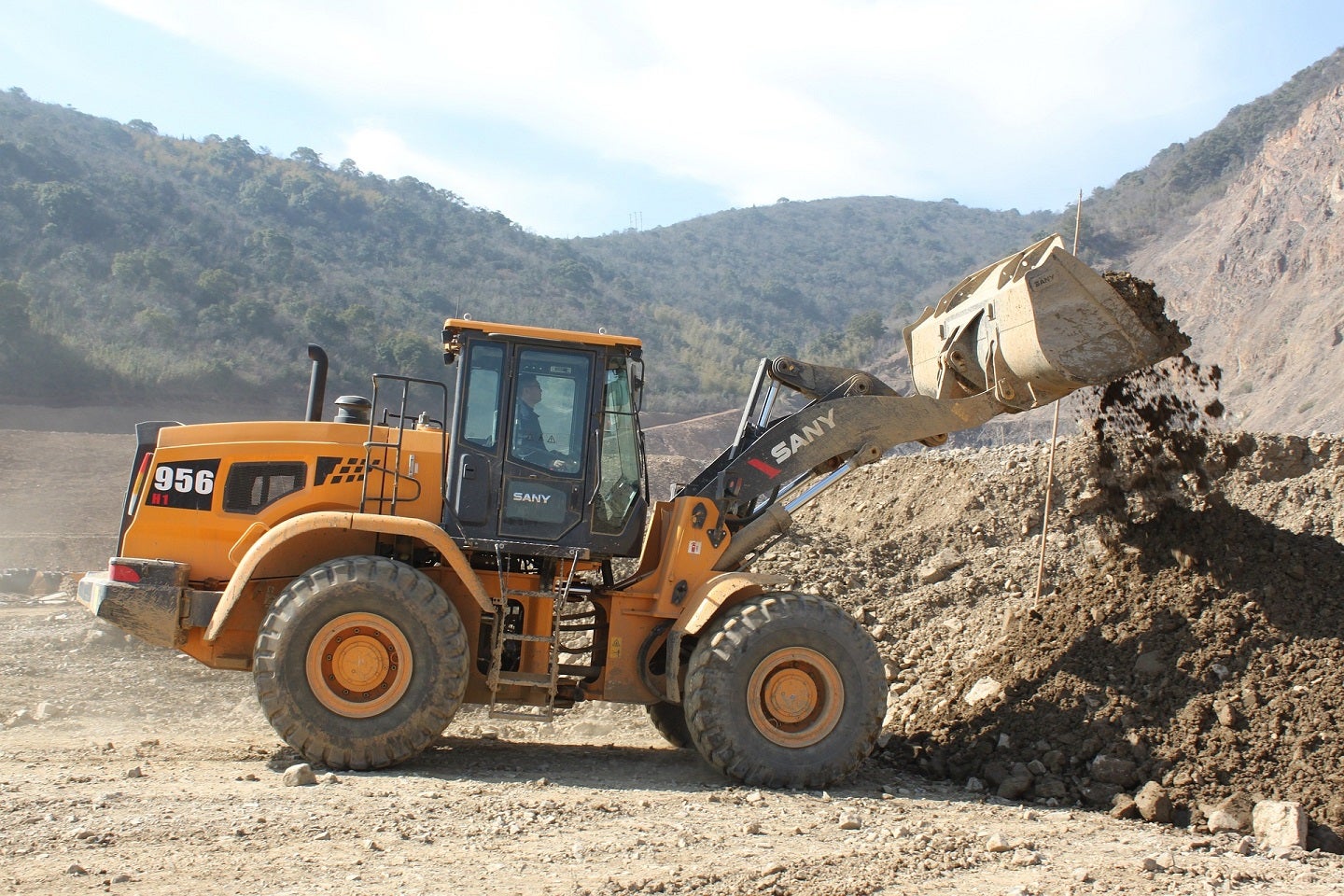
By Alex Whalen and Julio Mejía
Nova Scotia’s mining industry remains an important part of the provincial economy. With its production of gold, gypsum, limestone, salt and other minerals, the industry employs more than 5,000 Nova Scotians and contributes almost $500 million annually to the provincial economy. Unfortunately, government policies are frustrating the industry’s growth.
Every year, the Fraser Institute surveys senior mining executives to measure the investment attractiveness of jurisdictions around the world based on their government policies and geological potential. The most attractive jurisdictions tend to match their mineral endowments with a competitive policy environment, or overcome a lack of mineral potential with solid policies.
According to the survey, Nova Scotia ranked 42nd out of 62 jurisdictions worldwide in terms of overall investment attractiveness. Out of 12 provinces and territories in Canada, Nova Scotia ranked second-lowest (behind only the Northwest Territories).
Why does Nova Scotia rank so low in the eyes of mining investors?
Two words—government policy.
For example, the province has been increasing its share of protected land, which is unavailable for economic opportunities such as mining. While protecting the environment is a laudable goal, the government must be careful to strike a proper balance between environmental protection and economic development. Nova Scotia’s share of protected land reached 13 per cent in 2022, the second-highest share in Canada. And the Houston government wants to reach 20 per cent by 2030.
Not surprisingly, according to this year’s survey, 77 per cent of respondents expressed concern about the uncertainty around protected areas, 69 per cent about uncertainty around disputed land claims, and 69 per cent about uncertainty around environmental regulations. Moreover, 31 per cent expressed concern about the availability of skilled labour, an increase of 14 percentage points from last year’s results.
But it doesn’t have to be this way. Not so long ago, investors looked favourably on Nova Scotia’s policy environment, as the province ranked 11th out of 83 jurisdictions in 2018. Since then, its policy perception score has declined every year, falling to 33rd among 62 jurisdictions this year, damaging the economic potential of Nova Scotia’s mining industry.
These economic opportunities are not merely an abstract concern. Research shows that average weekly wages in the mining-sector are more than 40 per cent higher than the average of all other sectors in the province. And mining tends to provide jobs and economic opportunity in rural areas, which often have higher unemployment rates and less economic activity.
Finally, according to the survey, this year Nova Scotia’s “mining potential perception score” increased more than any other Canadian jurisdiction, likely due in part to recent lithium discoveries in the province. This is good news, and an opportunity to develop the industry and create well-paying jobs.
To seize this opportunity, the Houston government should reform its policies to become more competitive in the eyes of investors, help reverse the province’s downward trend on policy perception, and ultimately help boost investment, jobs and wages for Nova Scotians and their families.
Authors:
Associate Director, Atlantic Canada Prosperity, Fraser Institute
Share This:




